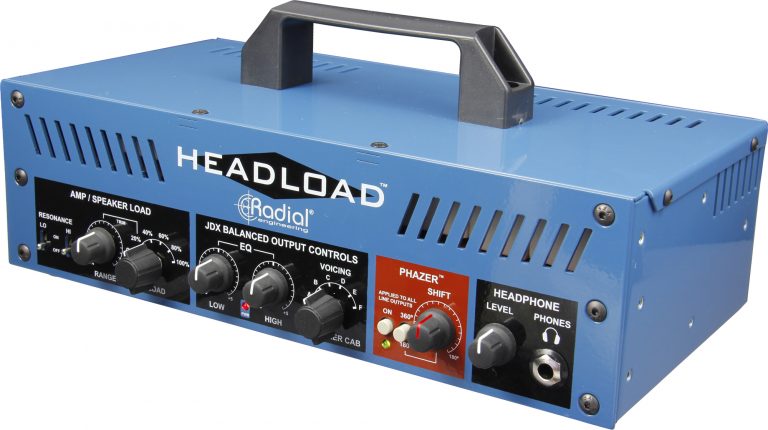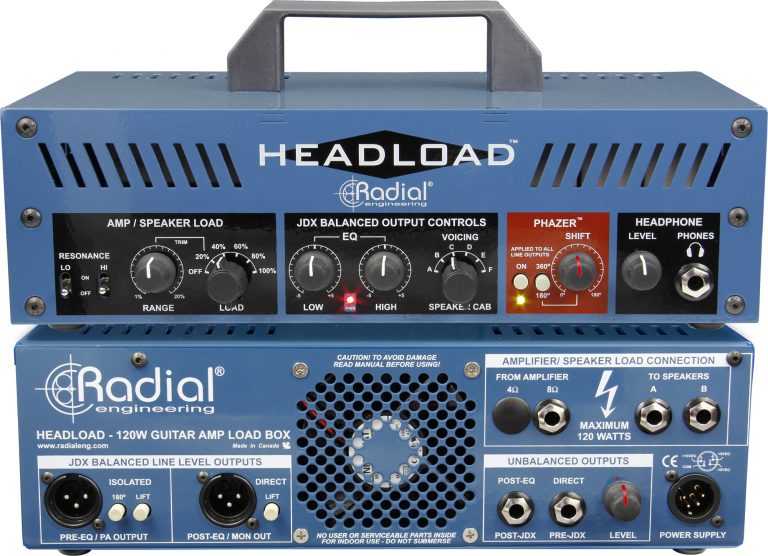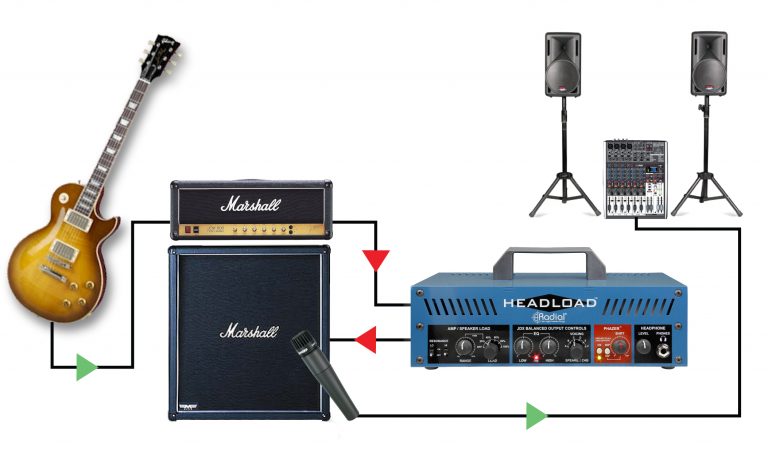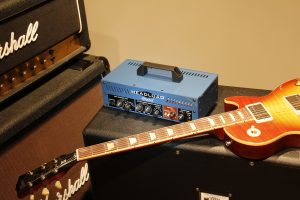If you don't see the question you had in mind here, feel free to enter in the form provided along with your email address so we may send the reply directly to you. Thanks for your participation!
What happens if I use the Headload without a speaker?
If you do not have it set to the OFF position, you can damage your head or the Headload.
Can I use the Headload with both solid state and tube amps?
Yes, of course.
With a tube amp, what happens if I use the 8 ohm Headload on a 4 ohm or 16 ohm speaker output?
When the head and cabinet impedance settings are matched, you get the best combination of tone and durability. If the head is set at a higher impedance and the Headload lower, you will decrease the tube lifespan but find the tone to be more punchy.
With a solid state amp, what happens if I use an 8 ohm Headload on a 4 ohm or 16 ohm cabinet?
Most solid state amps increase their output when the speaker load is decreased. So if your amp is rated at 50 watts into 8 ohms, it may develop 100 watts into a 4 ohm load. There will be no problem so long as you respect the power limitations of the Headload.
Can I use the Headload with a bass amp?
Yes. Always keep in mind that if you exceed the maximum recommended power, you can over-heat the resistors and cause them to fail.
What is the maximum power I can put into the Headload?
The internal load resistors are designed to accommodate 130 watts RMS of continuous use and can be exposed to momentary peaks of about 180 watts.
What happens if I run a 300 watt amp into the Headload?
If you do so at full volume for an extended period of time, you can overheat the resistors and they will fail. If, on the other hand, you are using the amp at a low setting, the Headload will be fine.
Can I use guitar effects like a delay with the Headload?
Yes – but you will need two amps. Connect one of the ¼” output jacks to your effects and send it to a second amp. One ¼” jack is a direct feed from your head while the second is voiced through the JDX.
Can I turn off the fan?
The fan is powered by the guitar amp head. So when you play, the fan will go on. When you stop playing, it will stop. This eliminates extraneous noise when recording.
Can 48V phantom power from my mixer damage the Headload?
No. The Headload is equipped with protective capacitors to keep it safe.
What the speaker cab voicings are on the Headload?
We started with the JDX on setting 1 and then made up various curves based on open back, different loudspeakers and so on. At the end of the day, they are all different and need to be auditioned with your amp to hear how they work. The emulation is analog thus is directly related to the amp in use. Each of the 6 presets can also be modified using the Bass and Treble EQs.
Does the Headload/Prodigy use a reactive or resistive based load for the attenuation?
The Headload/Prodigy uses a resistive load.
I have read that a resistive load can be harder on the amplifiers tubes than a reactive load, is this true?
No, that statement is simply untrue. In fact it is rather the opposite, where an active load is harder on tubes than resistive load because of the speaker’s “counter electromotive force” phenomena- this is especially the case with amplifiers which have a very low damping factor.
Does the fan make noise?
We use a low noise fan. That being said, fan noise will become more apparent as you increase the power going into the Headload as it revs up and the sound of the amp is reduced.
Can I completely eliminate fan noise?
Fans primarily generate high frequency noise. Placing a 2″ thick acoustic panel on the wall behind the Headload will help attenuate the hiss.
What are the six cabinet emulations settings?
Sound is subjective. The JDX balanced output will depend on the guitar, amp, speaker cabinet, microphone and microphone placement. What we did was create a variety of EQ curves that would emulate various scenarios that we felt would provide plenty of range for various types of players. Thus the reason we do not refer to them in specific terms.
Does the Headload react the same when a speaker is not connected?
When you attenuate the loudspeaker, the Reactive load shifts away from the speaker to load resisters. So if no speaker is connected or if it is turned off, then there is no longer a Reactive load.




















